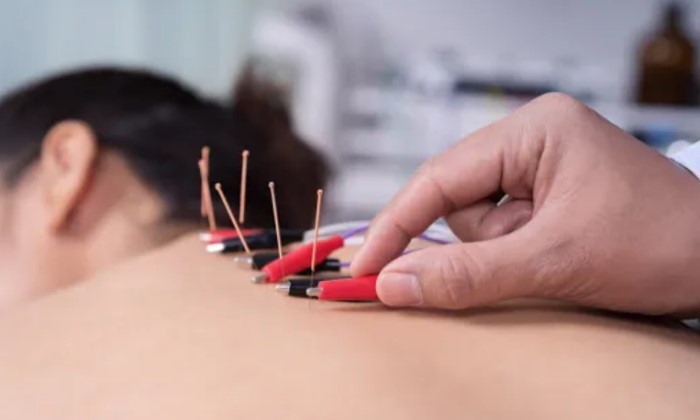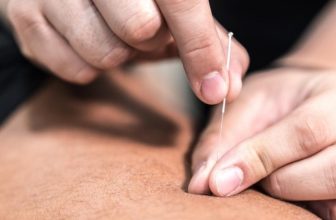
One of the most important benefits of an electronic acupuncture treatment instrument is that it is small and can be placed directly on the body. This makes the insertion of the acupuncture needles easier and smoother and gives the acupuncturist greater control over the process. The wiring is visible, and the patient benefits from more accurate administration of the acupuncture needles. An electronic device also reduces the risk of side effects associated with acupuncture.
Identifying acupuncture points
A popular electronic acupuncture treatment instrument uses DC-resistance to identify acupuncture points. The electrical impedance of acupuncture points is largely determined by the skin beneath the probe, although deeper tissue layers also contribute to the overall resistance. The distance between the active electrode and the reference electrode is large enough to measure deeper layers. In addition, the contribution to the resistance is unlikely to be significantly different between an acupuncture point and a non-acupuncture point.
Electroacupuncture treatment instruments also use electromagnetic impulses to identify acupuncture points. They also work by connecting electrodes to the handles of bilateral acupoints. Feedback from patients helps adjust the position of needles in the sacral foramina. Neurosensory responses are commonly measured and reported. The anal area sensation, rectal traction sensation, and radiation to the vaginal labia are some of the responses patients experience after acupuncture.
Setting the electrical frequency of the acupuncture instrument
Before attempting to use a device for acupuncture, it is essential to understand how this treatment works. The electrical stimulation takes place between electrode leads that have positive and negative polarities. As electricity flows between these leads, a pulsating sensation is felt. The electric current should be gradually increased until the patient feels the effect. Patients commonly experience a mild discomfort and may report a weak twitching or rhythmic spasm during the treatment. It is important to be aware that these responses are normal and are a reflection of deqi. The voltage-adjusting knob on the instrument should be set to a level that will cause the patient to feel the effect.
Most research into acupuncture uses manual stimulation. However, there are now electronic devices that can generate an electrical stimulus. Clinical studies using electrical stimulation report on the frequency and duration of the stimulus. In one study, participants reported that the intensity of the stimulus was optimal when slight muscle twitching was detected. The frequency was chosen at an average of 80 to 90 beats per minute. The results of this study are promising, but more research is needed to draw a definitive conclusion.
Controlling the intensity
The current intensity of an electronic acupuncture treatment can be controlled. The current intensity and inhibiting rate were significantly correlated between 0.5 and 8 mA. A plateau was reached after EA was increased beyond this range. Further increases in the current intensity had the same effect. Therefore, electro-acupuncture is a promising alternative treatment for pain management. But it has some drawbacks. This article will discuss a few of them.
To control the intensity of electronic acupuncture treatment, the practitioner must understand the frequency range and pulse form. The electrodes in a set pair are equivalent. The pulsating sensation is due to the waveform. However, the treatment should not be too intense or too weak. The practitioner should adjust the intensity of the current gradually until the patient feels a pulsating sensation. During acupuncture sessions, the practitioner should make sure that the stimulation intensity does not exceed the level required for the patient to feel an effect.
Side effects of electroacupuncture
Although electroacupuncture has been used for centuries, recent evidence indicates that it has potential adverse effects, particularly from electrically charged needles. Infections and damage to organs, tissues, and nerves have been linked to this treatment. Other possible adverse effects include low blood pressure, fainting, bleeding, and painful needle sites. Despite these risks, electroacupuncture has been a popular choice for treating musculoskeletal pain and other ailments.
Electroacupuncture is a form of acupuncture that uses electric currents to stimulate the needles. A small amount of electricity is passed through the electrode to stimulate specific acupuncture points, causing them to emit a slight hum or vibration. This sensation mimics the acupuncturist activating the acupuncture point. However, it does not have all of the positive side effects associated with acupuncture. For this reason, some insurance companies do not cover the cost of electroacupuncture.




